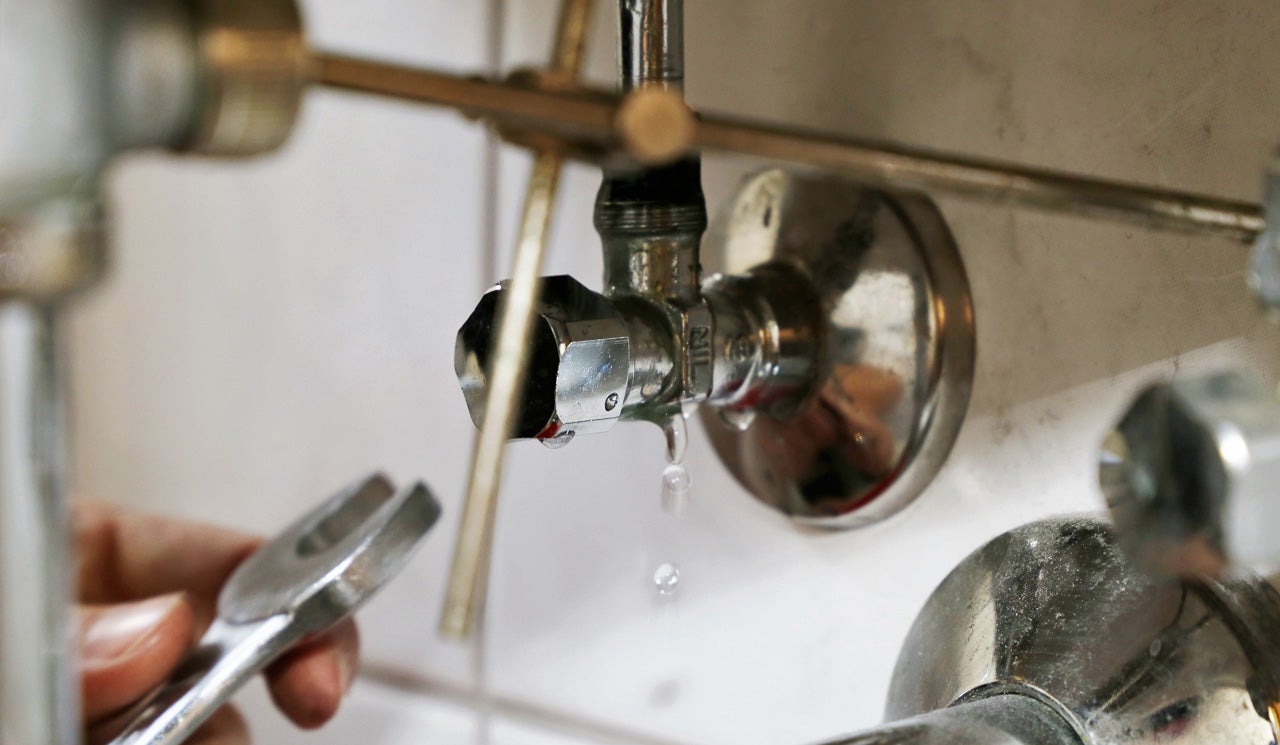Almost everyone will have their own unique opinion with regards to Finding hidden leaks.

Early discovery of dripping water lines can mitigate a potential disaster. Besides conserving you cash, it will reduce the stress and also frustration. The moment you locate a leakage, calling your plumber for repairs is the best solution. Some tiny water leakages might not be noticeable. Right here are some hacks that help if you can not detect it with your nude eyes.
1. Analyze the Water Meter
Checking it is a surefire means that aids you find leakages. If it moves, that suggests a fast-moving leakage. This implies you might have a slow-moving leak that might also be below ground.
2. Examine Water Consumption
Evaluate your water expenses as well as track your water usage. As the one paying it, you must observe if there are any kind of discrepancies. If you spot sudden changes, despite your consumption coinciding, it indicates that you have leakages in your plumbing system. Keep in mind, your water bill should drop under the very same variety monthly. An unexpected spike in your bill shows a fast-moving leak.
At the same time, a constant rise each month, even with the very same practices, shows you have a sluggish leakage that's also gradually intensifying. Call a plumber to extensively examine your home, particularly if you feel a cozy location on your floor with piping below.
3. Do a Food Coloring Test
When it concerns water consumption, 30% originates from bathrooms. Examination to see if they are running appropriately. Drop specks of food shade in the storage tank and also wait 10 mins. There's a leakage between the storage tank as well as bowl if the shade somehow infiltrates your bowl during that time without flushing.
4. Asses Exterior Lines
Don't neglect to inspect your exterior water lines too. Needs to water seep out of the connection, you have a loosened rubber gasket. One tiny leak can throw away heaps of water and spike your water expense.
5. Assess the situation and also evaluate
Property owners should make it a behavior to inspect under the sink counters as well as also inside cabinets for any type of bad odor or mold and mildew growth. These two red flags show a leakage so prompt attention is needed. Doing routine examinations, also bi-annually, can conserve you from a significant trouble.
More importantly, if you understand your house is already old, keep a watchful eye on your heating systems, hoses, pipes etc. Check for discolorations and weakening as most pipelines as well as appliances have a life span. They will additionally naturally deteriorate due to damage. If you presume leaking water lines in your plumbing system, do not wait for it to intensify. Call an expert plumber today so you do not end up with a dreadful mess in your home.
Early discovery of dripping water lines can reduce a potential disaster. Some little water leakages may not be visible. Examining it is a guaranteed way that aids you find leaks. One little leak can waste tons of water as well as spike your water bill.
If you suspect dripping water lines in your plumbing system, don't wait for it to intensify.
WARNING SIGNS OF WATER LEAKAGE BEHIND THE WALL
PERSISTENT MUSTY ODORS
As water slowly drips from a leaky pipe inside the wall, flooring and sheetrock stay damp and develop an odor similar to wet cardboard. It generates a musty smell that can help you find hidden leaks.
MOLD IN UNUSUAL AREAS
Mold usually grows in wet areas like kitchens, baths and laundry rooms. If you spot the stuff on walls or baseboards in other rooms of the house, it’s a good indicator of undetected water leaks.
STAINS THAT GROW
When mold thrives around a leaky pipe, it sometimes takes hold on the inside surface of the affected wall. A growing stain on otherwise clean sheetrock is often your sign of a hidden plumbing problem.
PEELING OR BUBBLING WALLPAPER / PAINT
This clue is easy to miss in rooms that don’t get much use. When you see wallpaper separating along seams or paint bubbling or flaking off the wall, blame sheetrock that stays wet because of an undetected leak.
BUCKLED CEILINGS AND STAINED FLOORS
If ceilings or floors in bathrooms, kitchens or laundry areas develop structural problems, don’t rule out constant damp inside the walls. Wet sheetrock can affect adjacent framing, flooring and ceilings.
https://www.servicemasterbyzaba.com/blog/how-to-detect-water-leakage-in-walls/

I was made aware of that article about Hacks to detect leaks through an associate on another web blog. In case you appreciated our blog posting kindly do not forget to share it. Many thanks for going through it.
Trusted plumbing emergency service awaits.